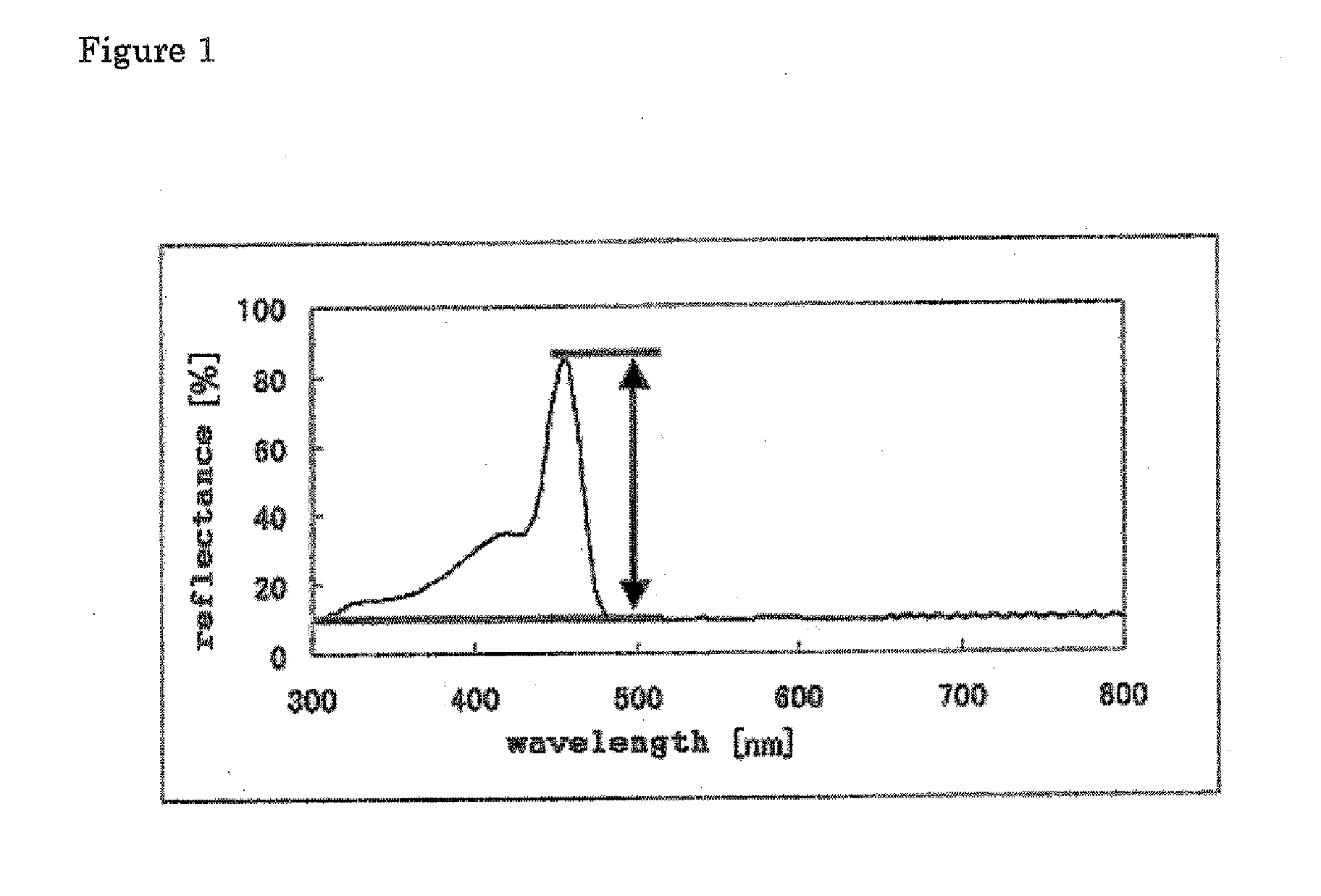Biaxially drawn multilayer laminated film and method for producing the same
a multi-layer laminated film and biaxial drawing technology, applied in the field of multi-layer laminated film, can solve the problems of resins, insufficient strength, uniform drawing, delamination defects, etc., and achieve the effect of high interlayer adhesion and high tearing resistan
- Summary
- Abstract
- Description
- Claims
- Application Information
AI Technical Summary
Benefits of technology
Problems solved by technology
Method used
Image
Examples
example 1
[0087] A polyethylene terephthalate having an intrinsic viscosity of 0.63 (in o-chlorophenol at 35° C.) (described as “PET” in the Table 1) was used as the polyester for the 1st layer and a copolymerized polyethylene terephthalate copolymerized with 12 mol % isophthalic acid and having an intrinsic viscosity of 0.61 (in o-chlorophenol at 35° C.) (described as “IA12PET” in the Table 1) was incorporated with 0.10 wt. % truly spherical silica particles (average particle diameter: 1.5 μm, major diameter to minor diameter ratio: 1.02, average deviation of particle diameter: 0.1) (described as “a” in the Table 1.) and the product was used as the polyester for the 2nd layer. The polyester for the 1st layer and the polyester for the 2nd layer were dried at 170° C. for 3 hours, supplied to respective extruders and melted by heating at 280° C. The polyester for the 1st layer was branched to 101 layers and the polyester for the 2nd layer was branched to 100 layers, the branched 1st layers and ...
examples 2 , 3 and 5 to 7
EXAMPLES 2, 3 and 5 to 7
[0089] The operations of the Example 1 were repeated except for the change of the polyester for the 2nd layer and the production conditions to those described in the Table 1. The term “IA8PET” described in the Table 1 as the kind of the resin of each layer is a polyethylene terephthalate copolymerized with 8 mol % isophthalic acid and having an intrinsic viscosity of 0.65 (in o-chlorophenol at 35° C.) and “IA20PET” is a polyethylene terephthalate copolymerized with 20 mol % isophthalic acid and having an intrinsic viscosity of 0.58 (in o-chlorophenol at 35° C.) The term “b” described in the Table 1 as the kind of the inert particle is bulk calcium carbonate (average particle diameter: 1.5 μm, major diameter to minor diameter ratio: 1.30, average deviation of particle diameter: 0.3) and the term (c) is truly spherical silicone particles (average particle diameter: 0.1 μm, major diameter to minor diameter ratio: 1.10, average deviation of particle diameter: 0.2...
example 4
[0091] A polyethylene terephthalate having an intrinsic viscosity of 0.63 (in o-chlorophenol at 35° C.) (PET) was used as the polyester for the 1st layer and a copolymerized polyethylene terephthalate copolymerized with 10 mol % 2,6-naphthalenedicarboxylic acid and having an intrinsic viscosity of 0.70 (in o-chlorophenol at 35° C.) (described as “NDC10PET” in the Table 1) was prepared as the polyester for the 2nd layer. The polyester for the 1st layer and the polyester for the 2nd layer were dried at 170° C. for 3 hours, supplied to respective extruders and melted by heating at 280° C. The polyester for the 1st layer was branched to 101 layers and the polyester for the 2nd layer was branched to 100 layers, the branched 1st layers and 2nd layers were alternately laminated by using a multilayer feed block apparatus, guided to a die while keeping the laminated state, and cast on a casting drum to obtain an undrawn multilayer laminated film having a total layer number of 201 and compose...
PUM
| Property | Measurement | Unit |
|---|---|---|
| melting point | aaaaa | aaaaa |
| temperature | aaaaa | aaaaa |
| melting point | aaaaa | aaaaa |
Abstract
Description
Claims
Application Information
 Login to View More
Login to View More - R&D
- Intellectual Property
- Life Sciences
- Materials
- Tech Scout
- Unparalleled Data Quality
- Higher Quality Content
- 60% Fewer Hallucinations
Browse by: Latest US Patents, China's latest patents, Technical Efficacy Thesaurus, Application Domain, Technology Topic, Popular Technical Reports.
© 2025 PatSnap. All rights reserved.Legal|Privacy policy|Modern Slavery Act Transparency Statement|Sitemap|About US| Contact US: help@patsnap.com

